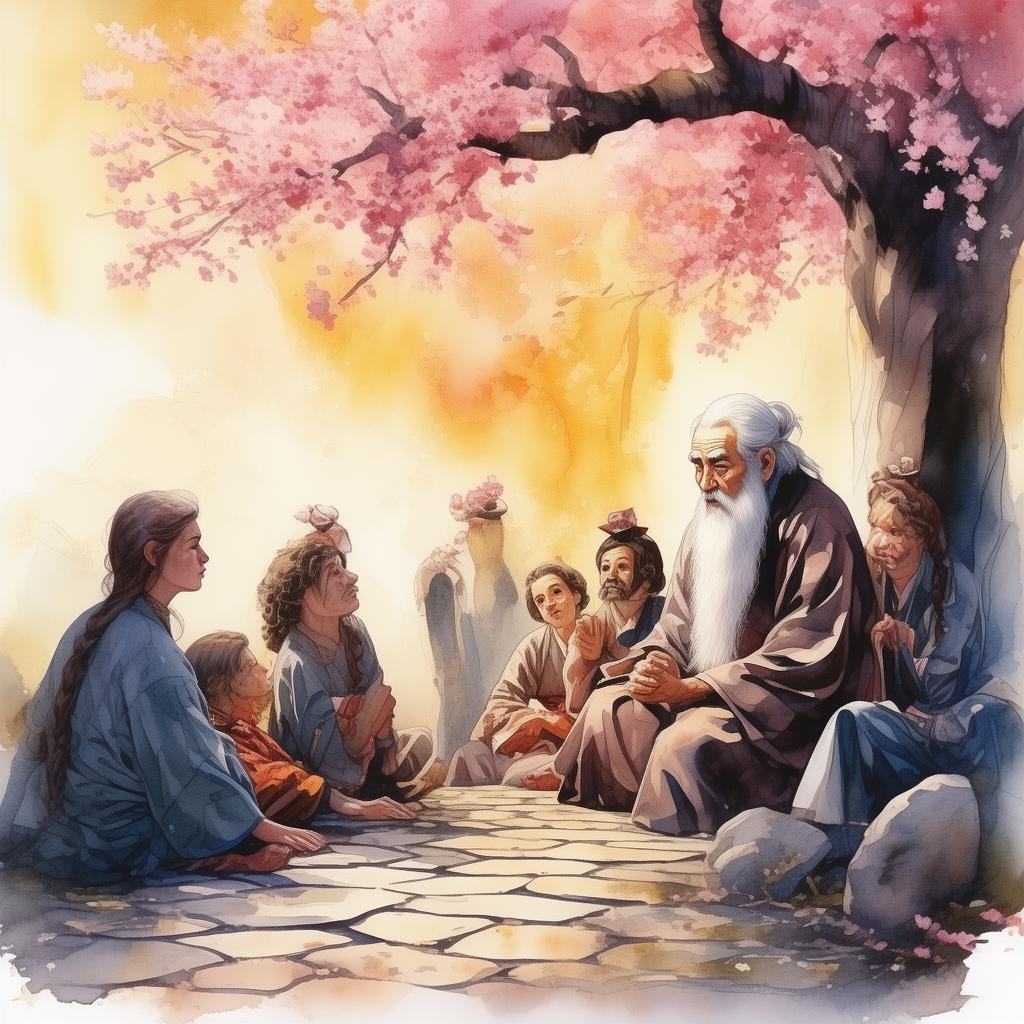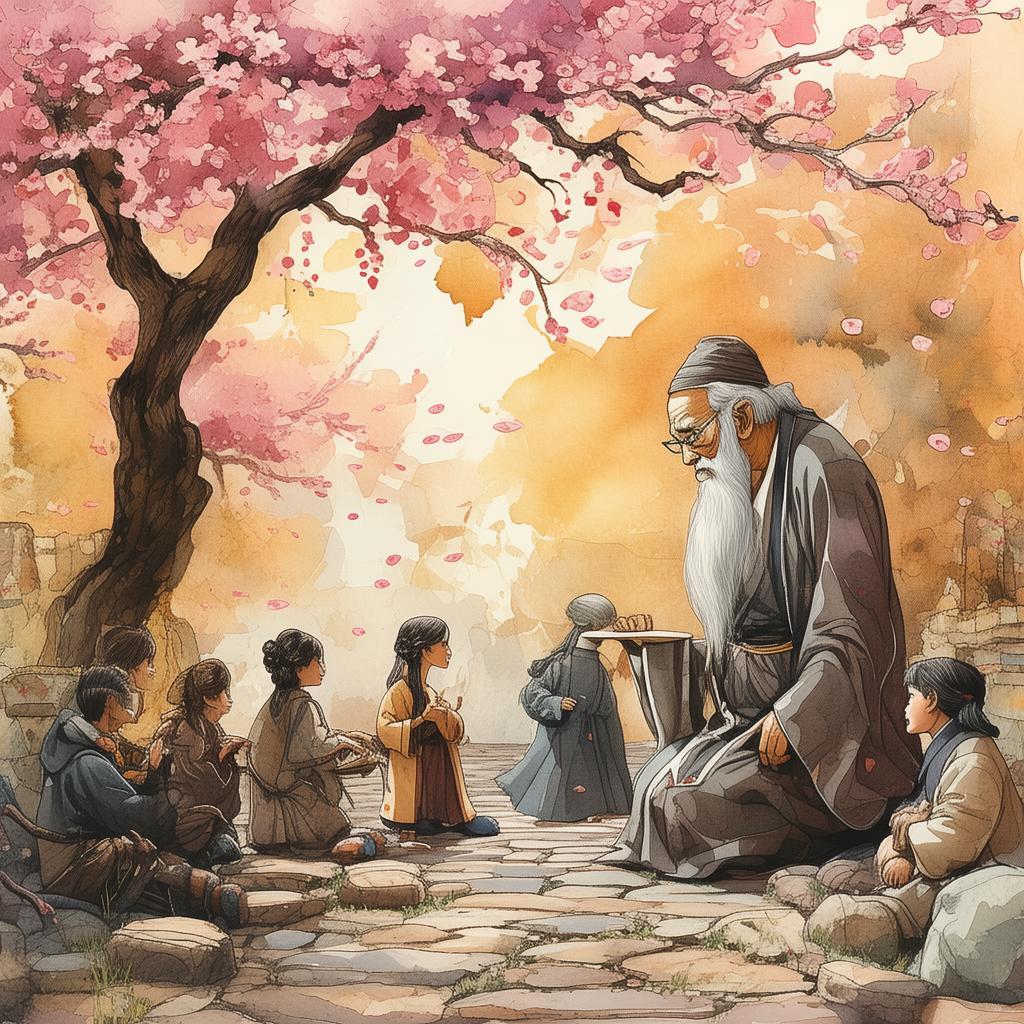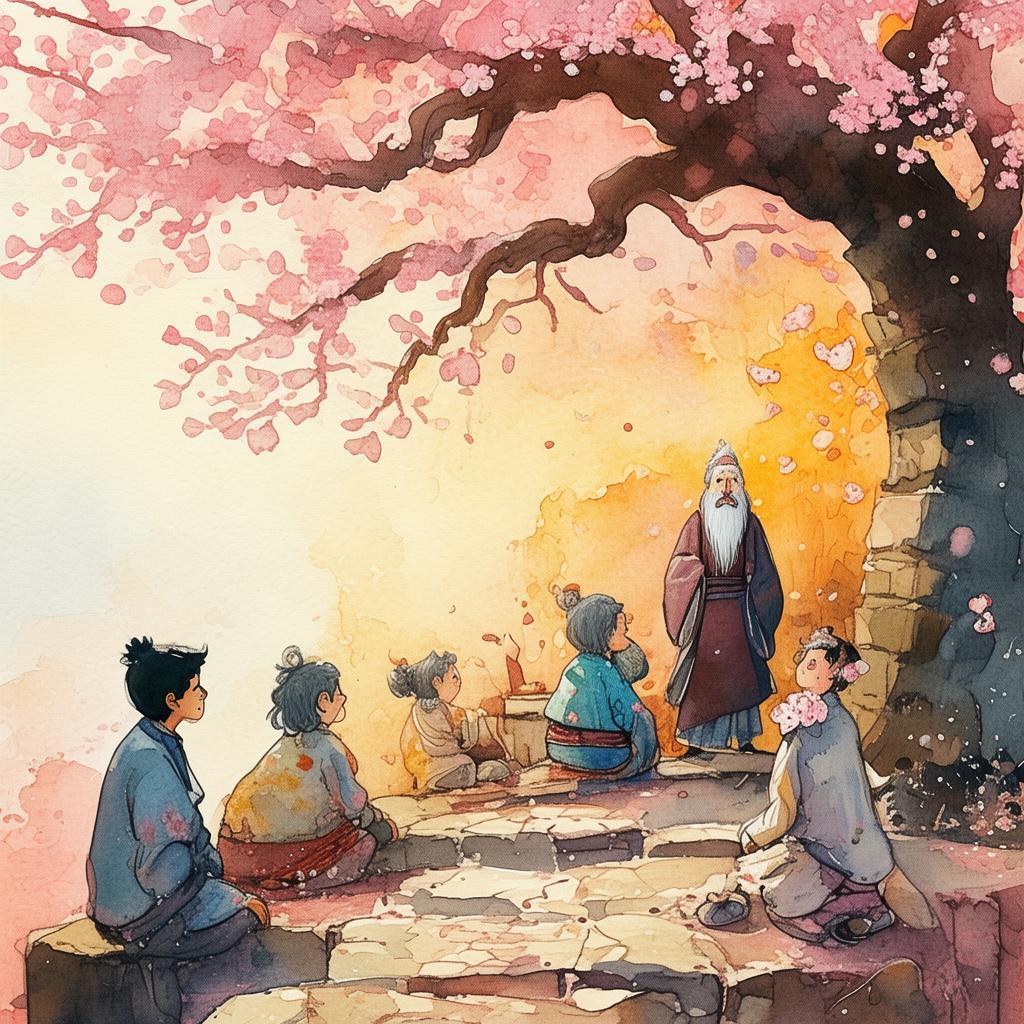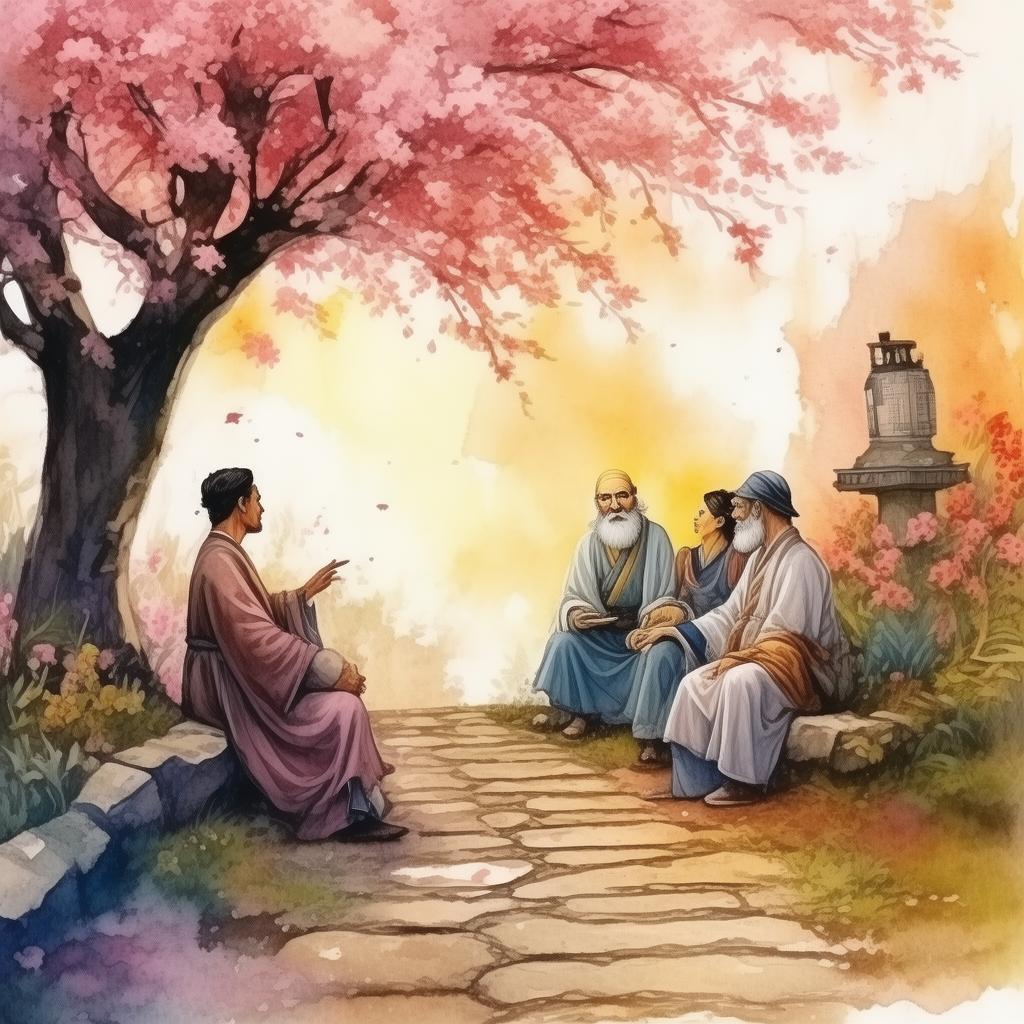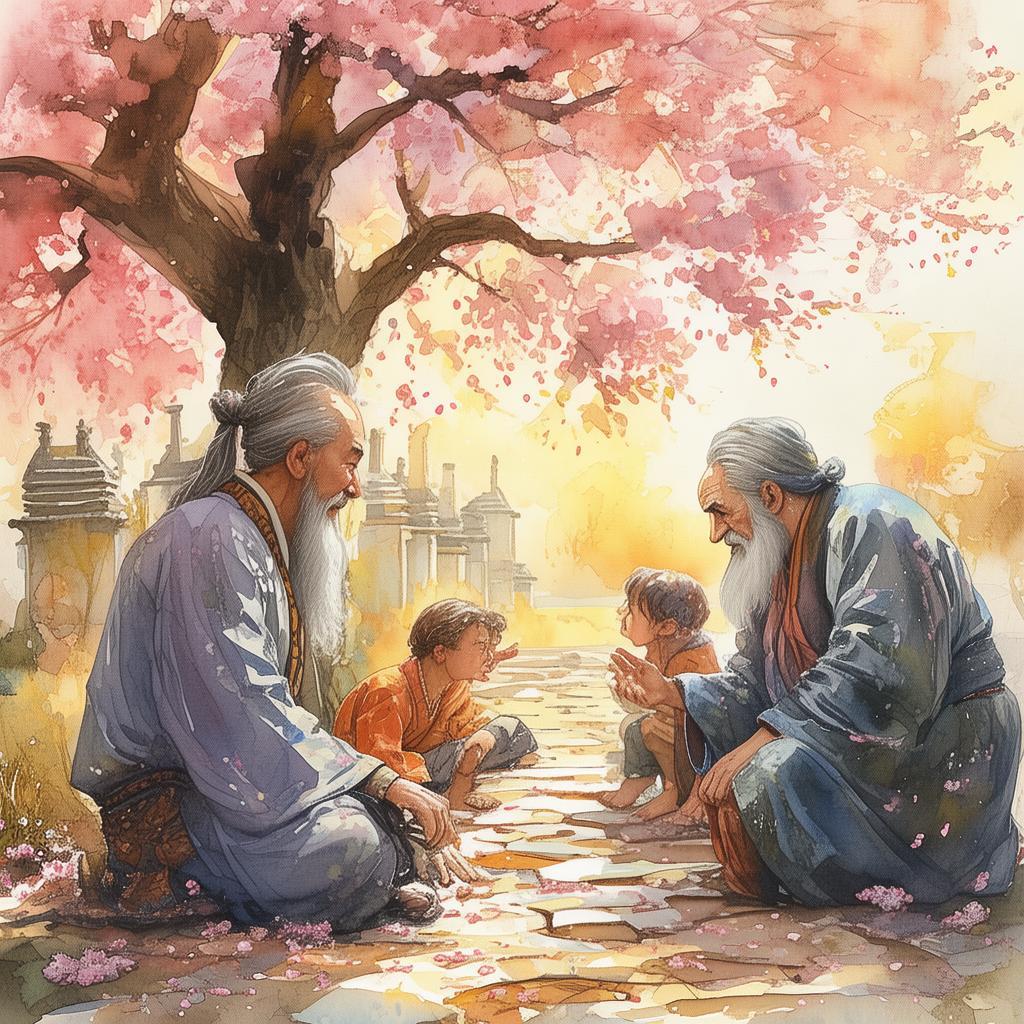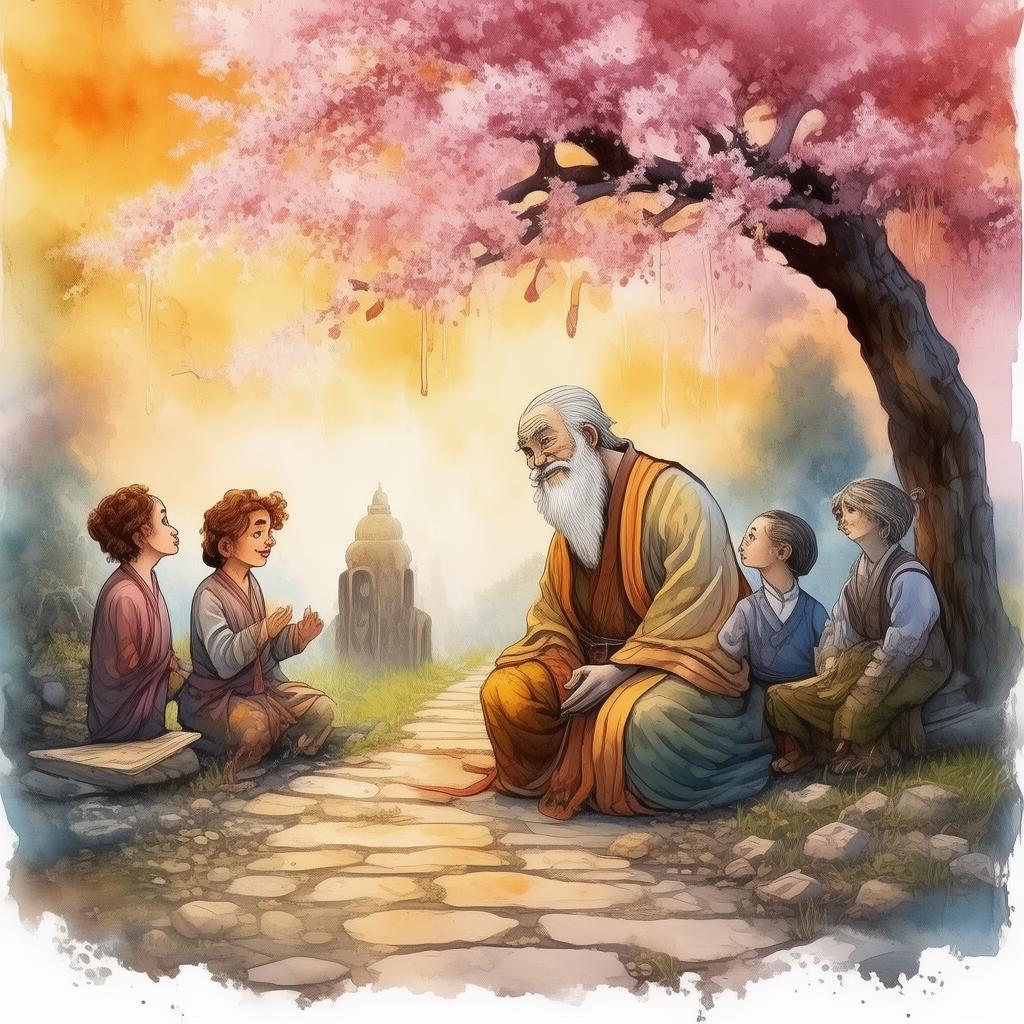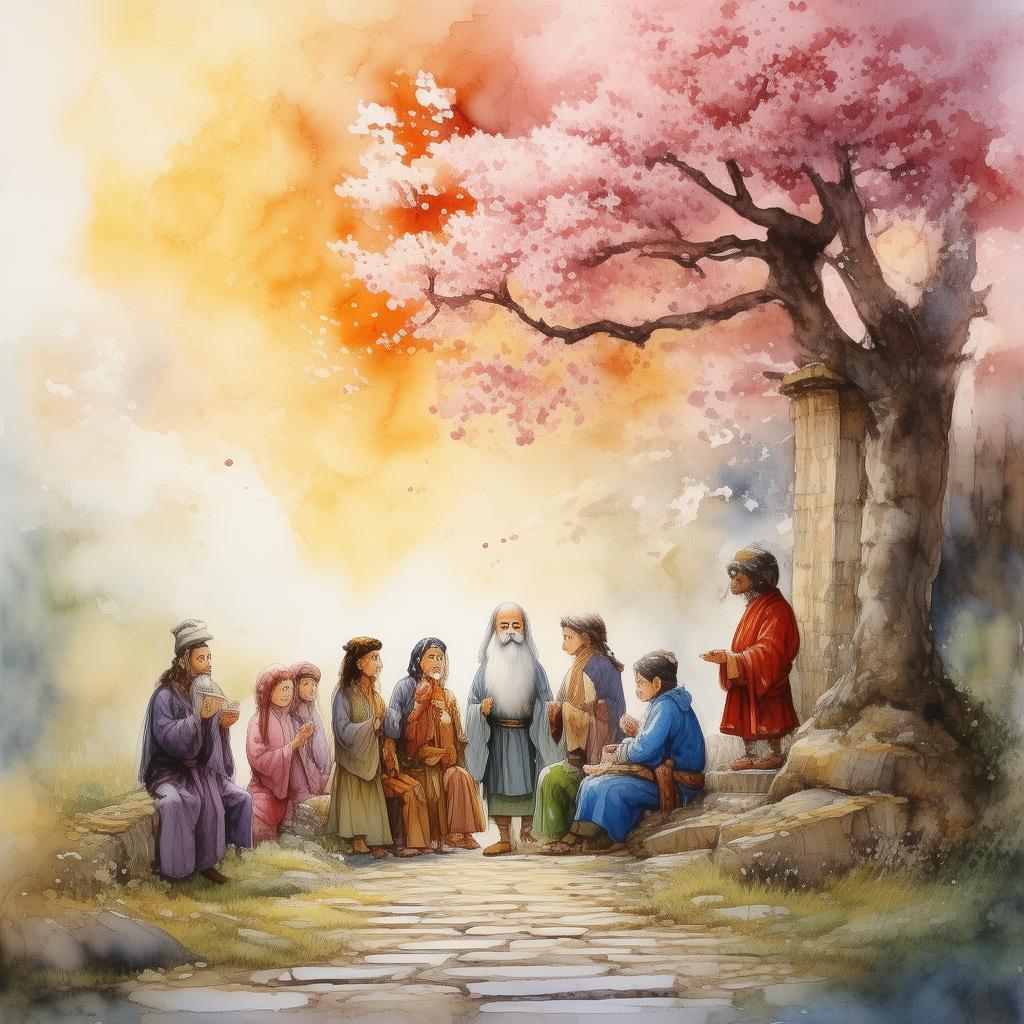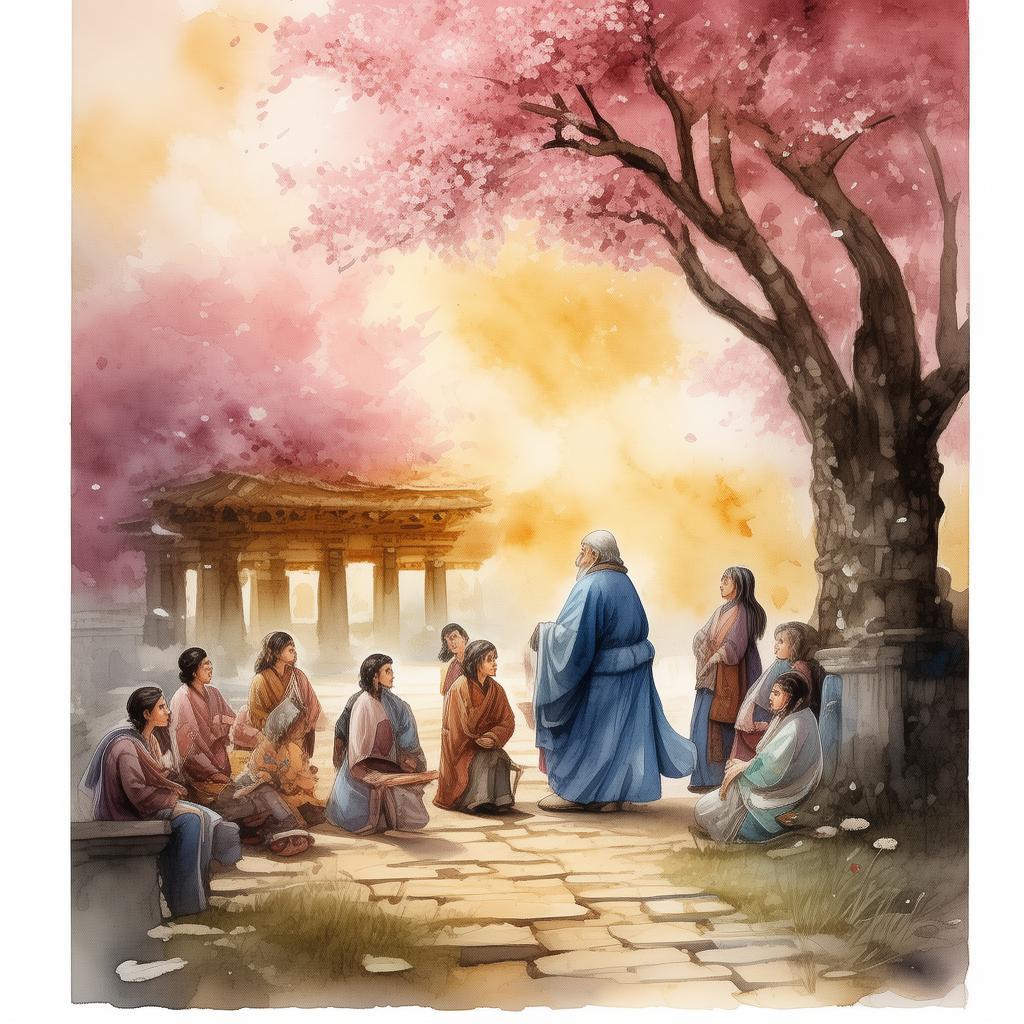The Weaving of a Digital Legacy
In the heart of Suzhou, where the canals whisper tales of yesteryears and the gardens bloom with the elegance of a bygone era, there lived a man named Li Wei. He was not a man of words but of threads, the threads that wove the soul of China's ancient tradition into the fabric of its future. Li Wei was a master weaver, and his hands were the keepers of secrets that had been passed down through generations—a secret language of the loom that could only be understood through the touch of time and the whisper of silk.
The city of Suzhou had always been a symbol of China's cultural heritage, with its intricate gardens, traditional architecture, and, most notably, the delicate silk that had adorned emperors and nobles alike. But as the world shifted, so too did Suzhou. The old ways were under threat from the new, and Li Wei found himself at a crossroads. His loom stood silent, a monument to a time when silk was the currency of empires, but now it seemed out of place in the tech-touched world around him.
It was during one of his quiet moments of contemplation that a chance encounter with two young entrepreneurs, Zhang and Yu, would change everything. Zhang was a tech wizard, the kind of person who could make a robot out of spare parts, while Yu was a visionary, a person who saw the potential in combining the ancient with the modern. They had come to Suzhou seeking inspiration for their next project, and they found it in the form of Li Wei's loom.
"Can you weave a thread of the future into the fabric of the past?" Zhang asked, his eyes twinkling with curiosity.
Li Wei chuckled, the sound echoing through the workshop. "What do you mean?"
"Imagine," Zhang continued, "a loom that not only weaves silk but also incorporates the latest in digital technology. A loom that can create not just fabric, but a legacy."
The challenge was accepted. Li Wei, Zhang, and Yu embarked on a journey to merge the art of silk weaving with the power of technology. The workshop became a hub of innovation, where the ancient and the modern danced together. Li Wei's hands, once accustomed to the gentle resistance of silk, now deftly manipulated digital interfaces. The loom became a marvel, a testament to the seamless blend of tradition and technology.
As days turned into weeks, the loom produced more than just silk. It produced dreams, dreams of a world where the past was not forgotten but honored, where the future was not feared but embraced. The threads that once wove the silken garments of emperors now wove a tapestry of the future, a digital legacy that spoke of the human spirit's ability to adapt and evolve.
But not everything was smooth. There were those who believed that the loom, with its digital wizardry, was a betrayal of the art's true essence. They spoke of the soul of silk being lost in the cold glow of screens and circuits. Li Wei, however, remained steadfast. He understood that the soul of silk was not in the threads themselves, but in the hands of the weaver and the stories woven into each thread.
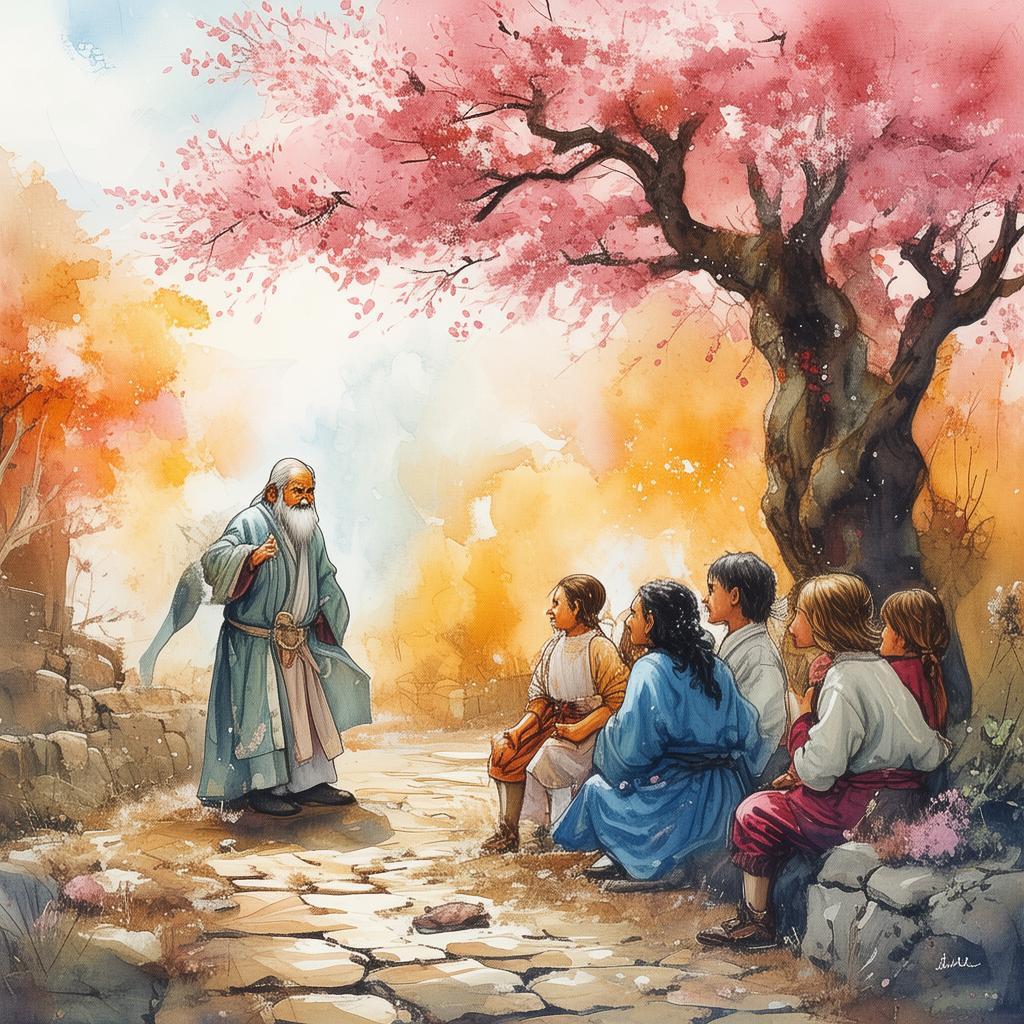
One evening, as the sun dipped below the horizon, casting a golden glow over the workshop, Li Wei stood before the loom, his hands resting gently on the wooden frame. The loom hummed softly, a symphony of ancient tradition and modern innovation. Zhang and Yu approached, their eyes filled with anticipation.
Li Wei spoke, his voice echoing through the room, "This is not just a loom; it is a bridge between the past and the future. It is a testament to our ability to honor our heritage while looking forward to what lies ahead."
The loom began to weave, and the threads formed a pattern unlike any before. It was a pattern of the future, a pattern that spoke of the beauty of tradition and the power of technology to create something new and wondrous.
The workshop became a symbol of the possibilities that lay before them. People from all over the world came to see the loom, to see the fusion of the old and the new, to see the weaving of a digital legacy.
Li Wei, Zhang, and Yu had not only created a loom; they had created a legacy. A legacy that would live on through the generations, a legacy that would be remembered in the fabric of the future, woven from the threads of tradition and technology, a legacy that was both ancient and new.
✨ Original Statement ✨
All articles published on this website (including but not limited to text, images, videos, and other content) are original or authorized for reposting and are protected by relevant laws. Without the explicit written permission of this website, no individual or organization may copy, modify, repost, or use the content for commercial purposes.
If you need to quote or cooperate, please contact this site for authorization. We reserve the right to pursue legal responsibility for any unauthorized use.
Hereby declared.
